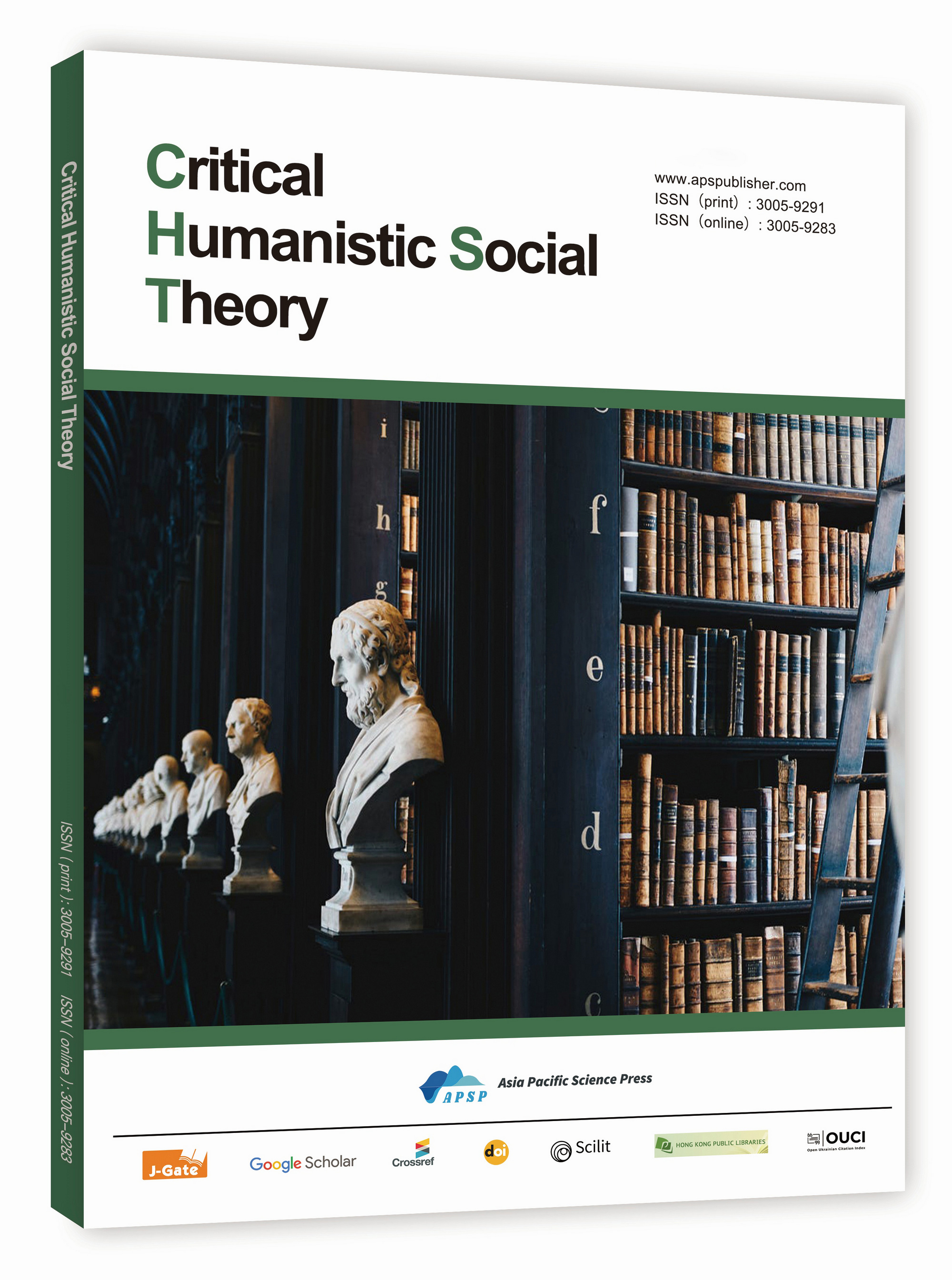The Intangible Cultural Heritage Revitalization and Rural Revitalization Practice of Market Folk Art – A Field Study Based on the Huji Book Fair
DOI:
https://doi.org/10.62177/chst.v2i2.338Keywords:
Huji Book Fair, Market Folk Art, Historical Inheritance, Intangible Cultural Heritage RevitalizationAbstract
The Huji Book Fair, as a typical representative of the combination of rural markets and folk art performances in North China, originated in the Ming Dynasty, flourished during the Qing Dynasty, and was included in the national intangible cultural heritage list in 2006. Based on local chronicles, interviews with artists, and field studies, this paper delves into the creation environment and organizational structure of the Huji Book Fair, exploring its cultural implications in terms of folk beliefs, moral education, and community cohesion. The study finds that, in the process of contemporary social development, the Huji Book Fair faces challenges such as generational discontinuity and the disappearance of rituals, with a sharp decline in full-time storytellers and fundamental changes in traditional forms and content. To address these issues, local efforts have included initiatives like "Book Fair into Schools" for cultural reproduction and the integration of culture and tourism to promote industrial exploration. The study suggests that the inheritance of the Huji Book Fair needs to seek a dynamic balance between tradition and innovation, government and grassroots, and tradition and technology, fully leveraging its cultural empowerment role in rural revitalization, achieving its living heritage and the reconstruction of rural cultural ecology in contemporary society.
Downloads
References
Skinner, G. William.(1998).Markets and social structure in rural China.Stanford University Press.
Republic of China.(1934).Continued revision of the Huimin County gazetteer(Vol. 1).Regional Records.
Office of the Huimin County Geographic Names Committee,Shandong Province. (1993).Huimin County geographic names records.Reform Publishing House.
Han, Keshun.(2023, January 31).China’s living fossil of folk art: The 800-year-old unbroken Huji book fair.Binzhou Daily
Republic of China.(1934).The continued gazetteer of Huimin County (Vol. 13). Records of Literature
Republic of China.(1934).The continued gazetteer of Huimin County (Vol. 13). Records of Literature
Han, Keshun.(2010).Huji book fair.China Federation of Literary and Art Circles Publishing House.
Huimin County Bureau of Culture.(2005).Application for the national intangible cultural heritage representative project: Huji book fair
It is said that in ancient times, King Zhouzhuang sent four eloquent ministers—Mei, Qing, Hu, and Zhao—to beat drums and speak about the rewards and punishments of good and evil, encouraging people to do good in order to educate the people. As a result, later generations of folk artists revered King Zhouzhuang as their patron saint.
Skinner, G. W.(1964).Marketing and social structure in rural China.Association for Asian Studies. DOI: https://doi.org/10.2307/2050412
Geertz, C.(1973).The interpretation of cultures.Basic Books.
Republic of China.(1934).Revised Hui Min County gazetteer(Vol.13).Literature Section.
van Gennep, A.(1960).The rites of passage.University of Chicago Press.(Original work published 1909). DOI: https://doi.org/10.7208/chicago/9780226027180.001.0001
Foucault,M.(1972).The archaeology of knowledge.Pantheon Books.
Zhang, Y.(2009).Folk artists, book fair heritage, and rural society[Master's thesis, Shandong University].
Goffman, E.(1959).The presentation of self in everyday life. Anchor Books.
Republic of China.(1934).Continued revision of Zhongmin County annals(Vol. 3). Literature Section.
Han, K.(2010).Huji book fair.China Federation of Literary and Art Circles Publishing House.
Wang, J. (2013, March 8). Those days of 'heaven as the curtain, earth as the stage'—A look at the lives of contemporary folk storytellers through the Hujia book fair. China Culture Daily.
Wu, Y.,&Zhang, Y.(2019).Investigation and research on the Hujia book fair's integration into schools. Humanities World,(13).
Yang, W.,&Shao, K.(2023, February 4).The over 800-year-old Hujia book fair revives with new vitality.Xinhua News Agency.
Downloads
How to Cite
Issue
Section
License
Copyright (c) 2025 Huang Li

This work is licensed under a Creative Commons Attribution-NonCommercial 4.0 International License.
DATE
Accepted: 2025-05-14
Published: 2025-05-20
















